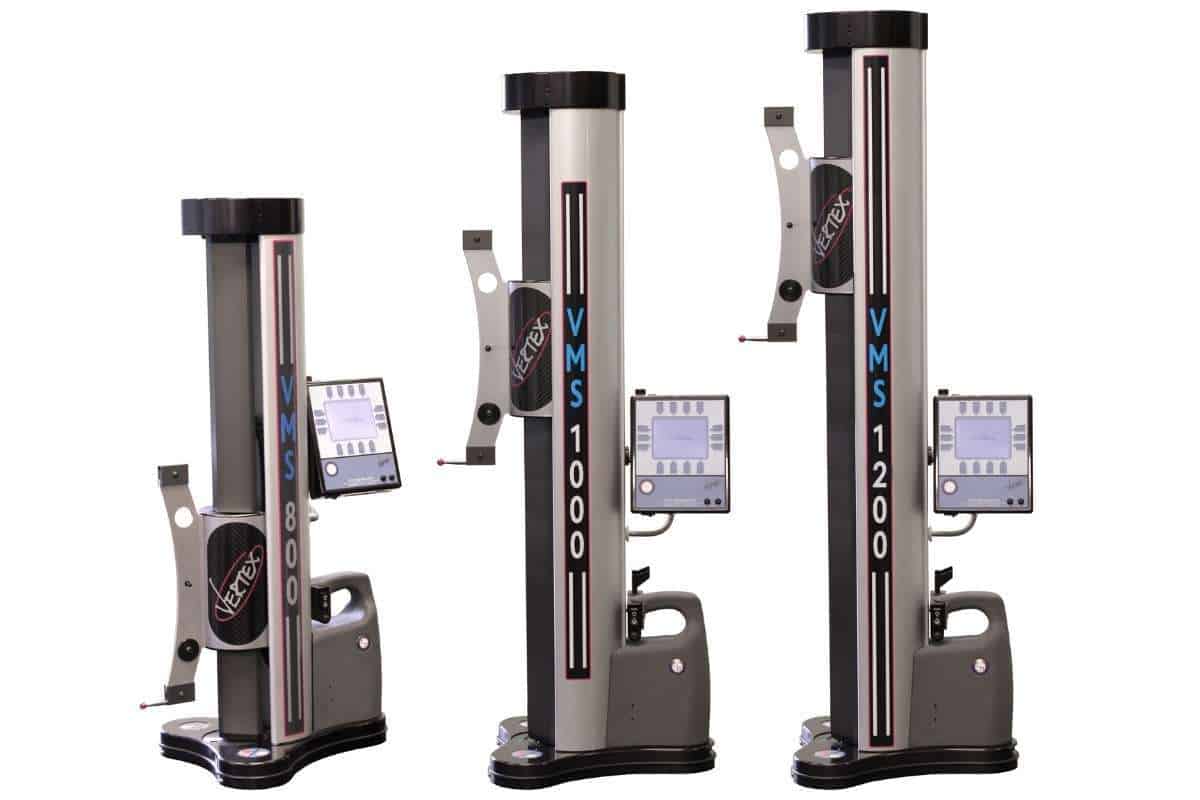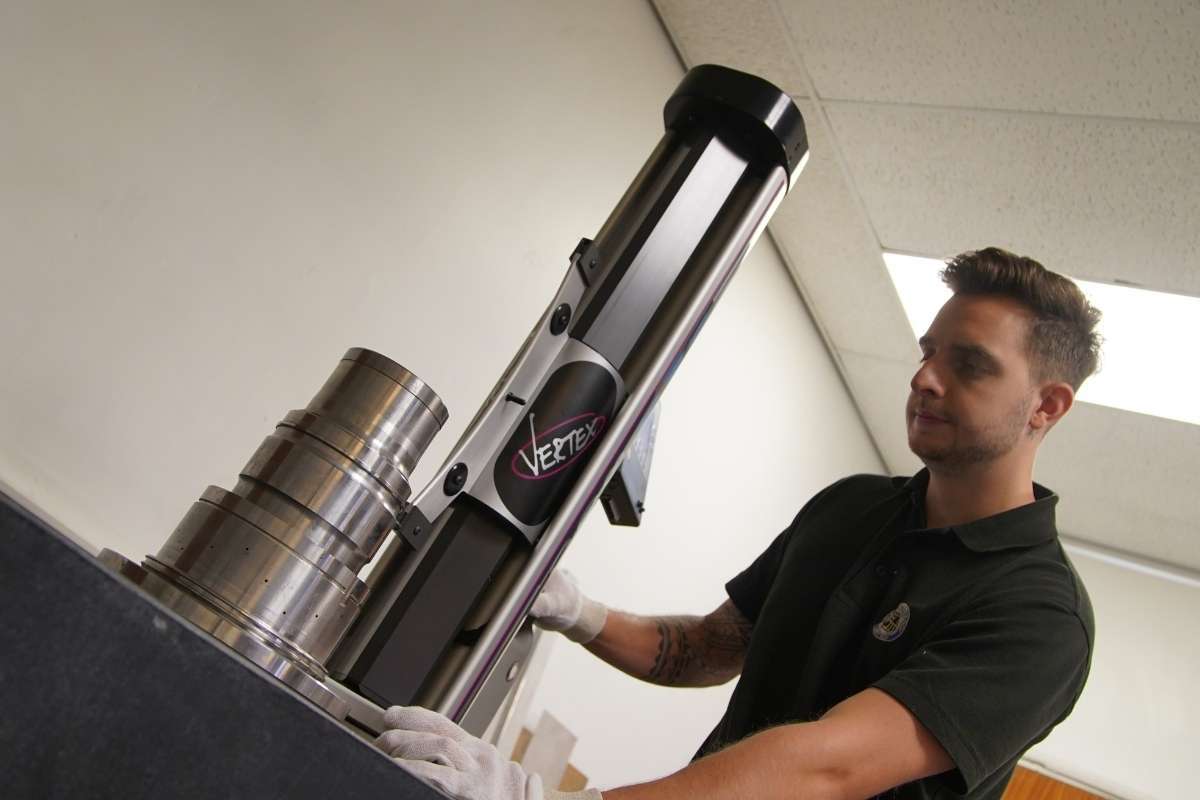The digital height gauge‘s versatility and precision make it a staple of any machining operation. From the simple need to measure and compare workpiece feature heights, possibilities arrive in quality control, compatibility assessment, and manufacturing planning. New digital height gauge innovations stem from a metrological history spanning centuries, originating in rulers, callipers, and stadiometry. It’s worth getting a clear picture of what these gauges are and how they work, to determine which type can help you best.

What Are Digital Height Gauges?
Like many machines, digital height gauges are best defined by their purpose. Primarily, they measure the height of workpiece features. By determining heights, they allow operators to mark, record, and compare measurements. Digital height gauges can thereby help verify or plan production and machining processes with extreme accuracy and reliability. Standard height gauges provide readings accurate to one-hundredth of an inch, but precision-engineered digital height gauges can determine accurate measurements up to the thousandth of an inch and beyond.
How Do They Work?
Height gauges of all types use a vertical axis beam with which to measure parts. The beams come in various sizes and scales, suited to each industry and its needs. Mounted on the axis, a sliding carriage with a probe allows users to select a workpiece feature to measure via a reader. It can then be marked or recorded for analysis or comparison purposes. The core components, with various modular attachments, allow a wide range of measurement and engineering capabilities.
Height Gauge Components
Gauges require several basic components, engineered to high levels of quality, in order to produce useful data.
The Base
They often use a solid cast iron base, to maintain stability and durability. As the base proves integral to the measurement validity, some digital height gauges feature air bearings to provide optimal balance. On a machining desk or worksurface, many gauge operators place this base on a smooth granite surface-plate. Granite offers an ideal foundation for fine-tuned height gauges, particularly when smoothed and cleaned to perfection.
The Beam
Perpendicular to the base, all height gauges use vertical beams. These beams require a rigid metal, such as steel, to function best. On most digital height gauges, these beams span to 12 inches, or 300 millimetres tall. Other industrial height gauges can extend up to 6 feet. Sometimes these gauges feature dual vertical axis beams for added stability.
The Axis Carriage
Axis carriages, whether manual or motorised, carry the probe, scribe, or measuring jaws to the measurable workpiece feature.

Measuring Jaws
Simpler mechanical height gauges typically use manually operated probes with a measuring jaw. This measuring jaw features two sets of adjustable teeth, like a calliper, which can be applied to a workpiece feature with controllable screws.
Scribes
Scribes allow height gauges to mark the workpiece for further machining or calculations. These scribes dyed layout fluid to create dots or lines at specific points on workpieces.
Probes
Digital height gauges often use touch probes. These touch probes feature a physical sensor, akin to a fingertip, which to make contact with the workpiece. They apply a small amount of pressure, or measurement force, to the surface in question. Set between 3 and 5 Newton, this pressure standardises the contact, and therefore the measurement, of each piece. The probe thereby gathers accurate and repeatable data.
The probes let an operator know when they make contact with the workpiece, often with audio-visual cues. These include lights on the and sounds emitted from the display screen.
Display Screens
On digital height gauges, the display screen controls allow operators to customise features to measure and extrapolate the required data. Depending on the type of digital height gauges, these screens may be LED, LCD, or high-resolution colour displays. Operators can switch readings from metric to imperial, automatically adjust the axis carriage, or perform various automatic calculations and operations.
Other Types of Height Gauges
Digital height gauges are the latest of three main types of height gauges, the other two being the Vernier and Dial varieties.
Vernier Height Gauges
Vernier height gauges use a vernier scale on their vertical axis to measure and visually display workpiece height. The scale and the gauge both take their name from Pierre Vernier, a French scientist who pioneered a new measurement scale in 1631. As the Vernier height gauge operates without digital calibration, it requires careful transport and set-up in order to maintain accuracy and validity.
Dial Height Gauges
Instead of scales on their axis or a digital display, these height gauges use dials to determine height measurements. The dial, connected to measurement jaws, sit on the vertical axis carriage and deliver readings whenever manually adjusted.
Conclusions: Height Gauge Possibilities
Height measurements become valuable for comparison across a workpiece. Gauge operators can determine properties including width, depth, centre-line measurement and verification, gradient, straightness, and perpendicularity. A well-engineered and well-maintained digital height gauge thereby aids manufacturing and quality control by calculating these fundamental measurements.

Jeff Eley is the founder and managing director of Eley Metrology, a leading company in the precision measurement industry. With decades of experience in metrology, Jeff has established himself as a respected figure in the field. Under his leadership, Eley Metrology has become renowned for its expertise in coordinate measuring machines (CMMs), digital height gauges, and granite metrology products. Jeff’s vision has driven the company to develop innovative solutions, including custom-designed CMMs and the flagship long-bore measurement machine (LBM). His commitment to excellence and customer-centric approach has positioned Eley Metrology as a trusted provider of high-precision measurement tools and services for industries such as aerospace, automotive, and manufacturing.

